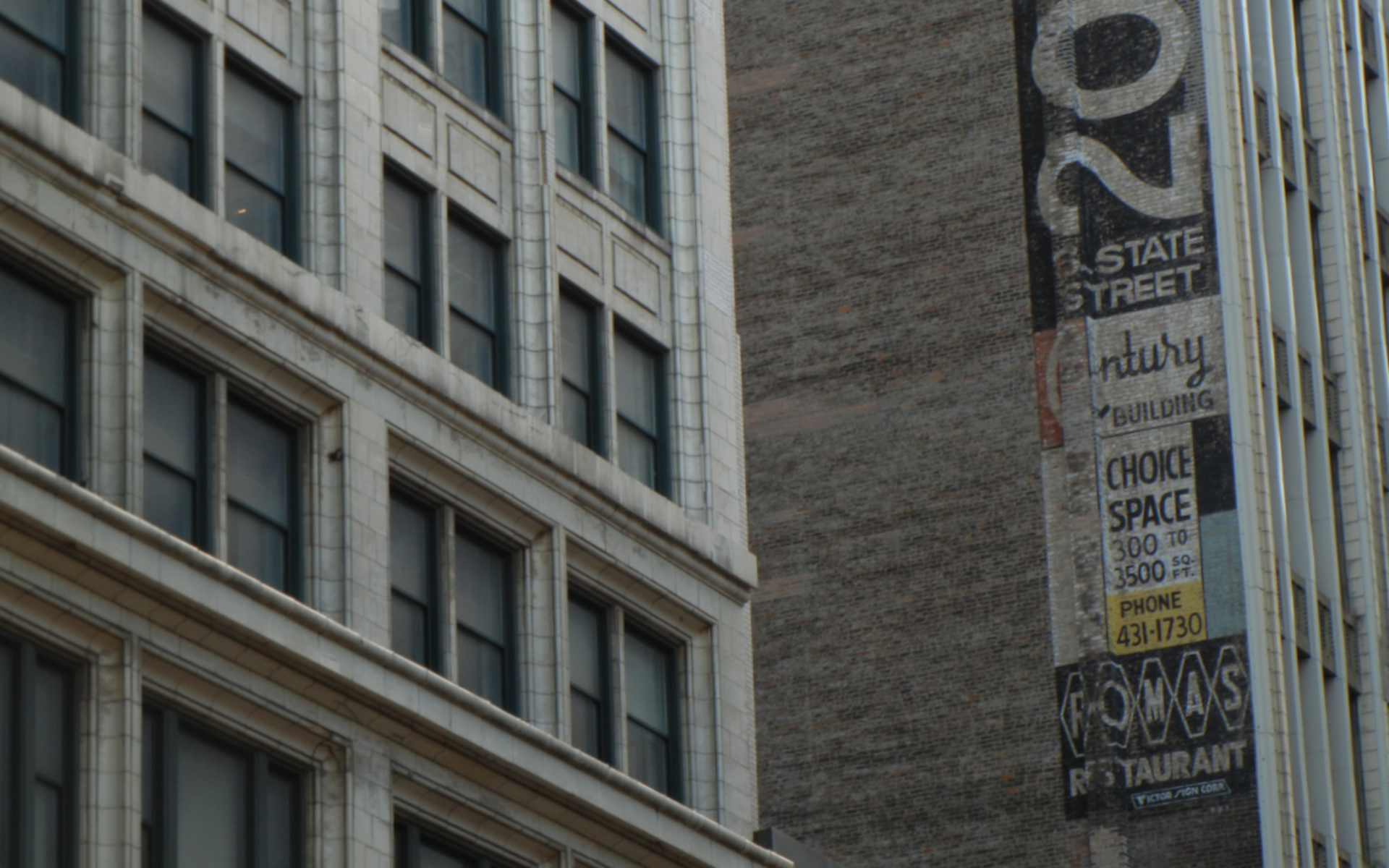THE GOAL: A sequel volume to my debut coloring book, A Coloring Handbook of Figure Skating. I have a strong interest in vintage illustration. I also, admittedly, lack the talents in figure drawing to create anything on the level of what I’m reproducing in these books, but ultimately, as a fan of publishers like Dover, I’m attracted to the possibilities of reviving such wonderfully detailed works. Contemporary images reveal far more about a time than reimagined attempts can.
THE CHALLENGE: A benefit of these turn-of-the-century book and magazine images is that, in general, these materials are in the U.S. public domain. However, some volumes have been reprinted in recent years, and in that case their copyright status becomes much sketchier. So my search had to be restricted to those volumes retrieved via library collections, and not apparently reproduced in the last decades. (This restriction has limited greatly my ability to reproduce dance illustrations, to my utter consternation.)
THE OPPORTUNITY: After contemplating a few concepts, but finding few usable illustrations, I went to fashion — which was still more challenging in its way than skating was, due to the already common rediscovery and reissuing of content from old magazines. But that’s a credit to vintage fashion’s great advantage in creativity possibility; where else can color and medium matter so much? Not yet drawn upon was The London and Paris Ladies’ Magazine of Fashion, Literature and Fine Arts, from which I sampled images from their collected volumes of 1881.
THE PROCESS: While image editing is mostly a matter of resizing, sharpening, brightening up and eliminating smudged areas accrued in the original book scanning process, this volume offered one unique challenge: an 1880s trend for dark fashions (mourning wear was highlighted often). Though some editing could allow for fading certain darker shades, the trend was popular enough across some spreads to completely eliminate many options.
THE DIRTY LITTLE SECRET: Though layout was all mine, I cheated just a bit on the actual image used for this book’s covers. While I digitally colored the illustrations used on both covers of the skating book, here I used existing color plates from the fashion volume. The reason? The skating illustrations simply lent themselves better to digital coloring than do these — which is also why I only recommend printing and hand-coloring the fashion pages, for those who purchase the PDF. Simply, there’s too much variation and detail that doesn’t interact well with the tools of a photo or paint editing program; the skating images contained more open space, easier to digitally introduce solid color that looks as though it reasonably belongs.
THE OUTCOME: A volume featuring 25 pages of highly detailed late Victorian fashion illustration — ready for the coloring hobbyist. And with at least another year of The London and Paris Ladies’ Magazine in my stockpile, there may be another edition yet to come.
